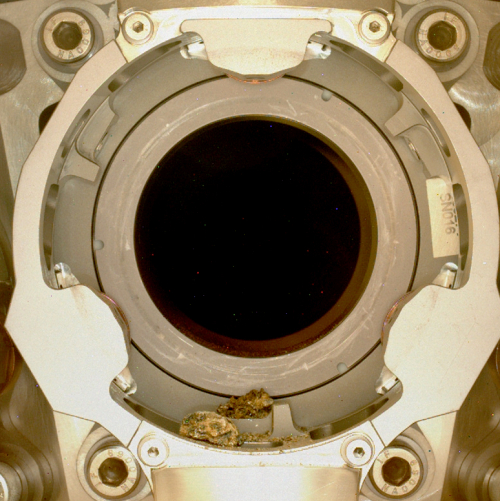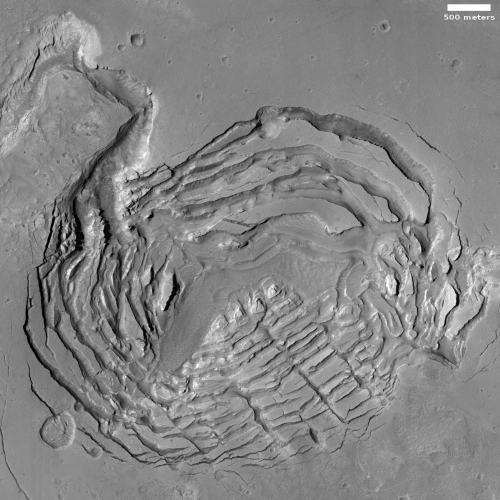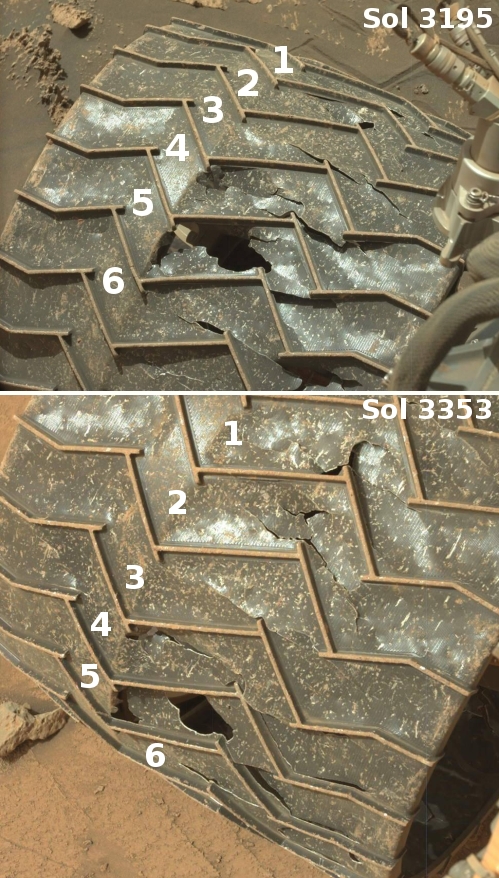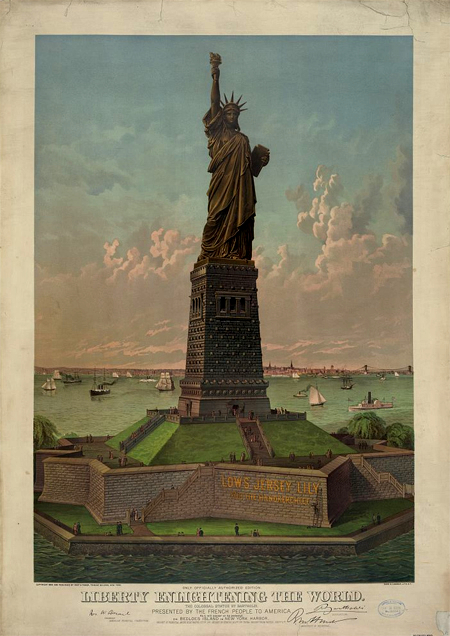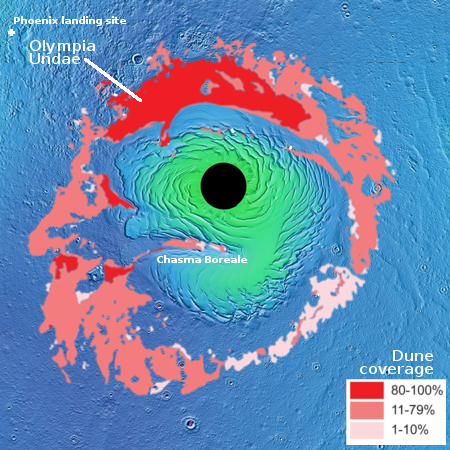Israel approves Artemis Accords
The Israeli government has apparently agreed to sign the American-led Artemis Accords, making it the fifteenth nation to do so.
While Israel’s foreign ministry has not released an official statement on the issue, local media reports said a signing ceremony involving NASA Administrator Bill Nelson and Israel Space Agency Director-General Uri Oron is expected the week of Jan. 23. ISA will host the 17th Ramon International Space Conference on Jan. 25 as part of Israel’s Space Week.
Once Israel officially signs, the full list of signatures will be as follows: Australia, Brazil, Canada, Israel, Italy, Japan, Luxembourg, Mexico, New Zealand, Poland, South Korea, the United Kingdom, the United Arab Emirates, Ukraine, and the United States.
Since the accords are designed to encourage private enterprise and private property rights in space, both Russia and China oppose them. The lack of both France and Germany to sign at this point suggests the politicians presently in charge of those capitalist countries are reconsidering their commitment to free enterprise.
The Israeli government has apparently agreed to sign the American-led Artemis Accords, making it the fifteenth nation to do so.
While Israel’s foreign ministry has not released an official statement on the issue, local media reports said a signing ceremony involving NASA Administrator Bill Nelson and Israel Space Agency Director-General Uri Oron is expected the week of Jan. 23. ISA will host the 17th Ramon International Space Conference on Jan. 25 as part of Israel’s Space Week.
Once Israel officially signs, the full list of signatures will be as follows: Australia, Brazil, Canada, Israel, Italy, Japan, Luxembourg, Mexico, New Zealand, Poland, South Korea, the United Kingdom, the United Arab Emirates, Ukraine, and the United States.
Since the accords are designed to encourage private enterprise and private property rights in space, both Russia and China oppose them. The lack of both France and Germany to sign at this point suggests the politicians presently in charge of those capitalist countries are reconsidering their commitment to free enterprise.


